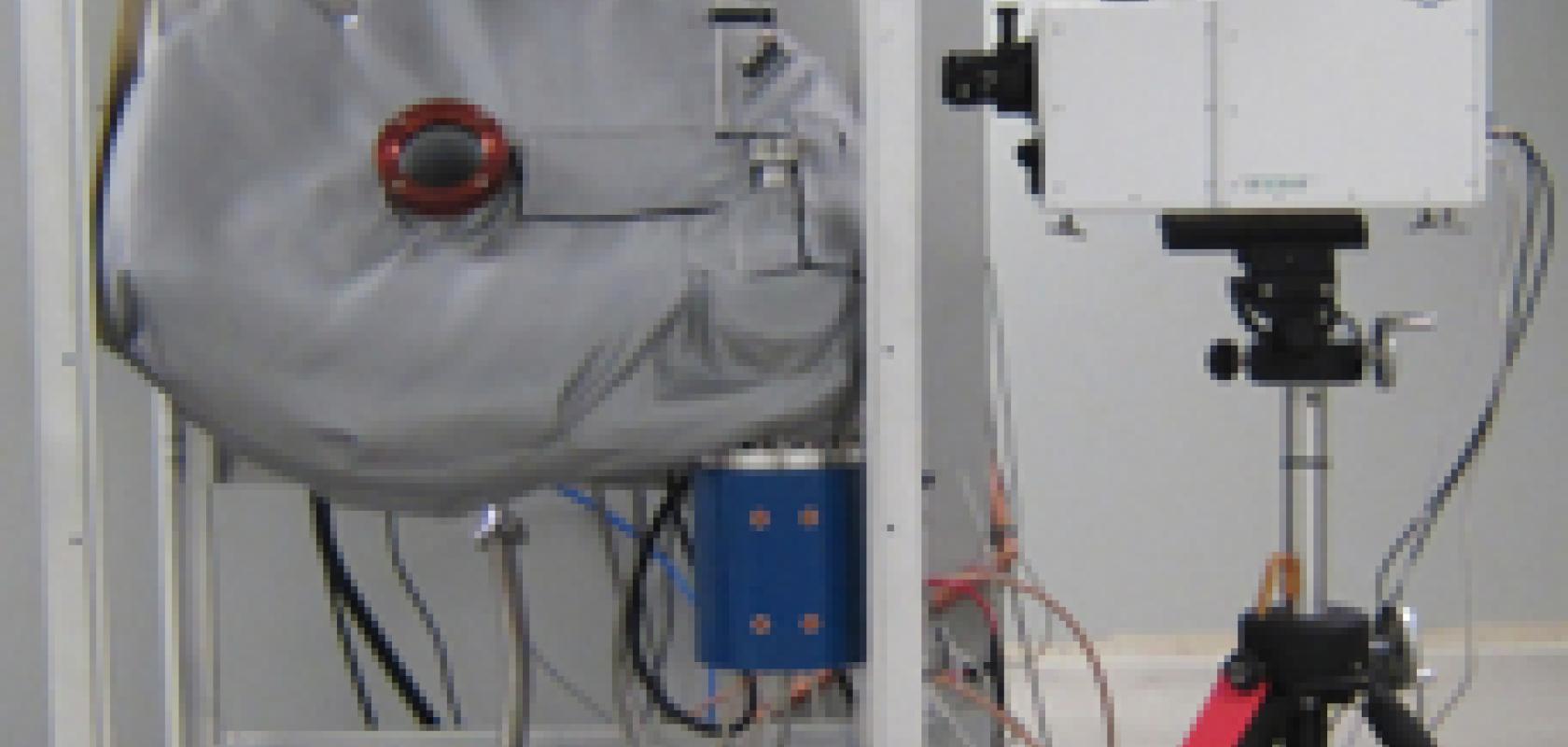Ultra high-speed framing cameras are being used by Sorlox Corporation to look at the behaviour of plasma generated by a compact magnetised target fusion (MTF) system.
Sorlox develops compact pulsed-plasma devices for efficient, environmentally friendly power production or for medical isotope production. Using Deuterium as its fuel source, the Sorlox Nautilus Compressor employs an electric field to generate a hot plasma. Using a magnetic field, the Nautilus system compresses the plasma to a high energy state, facilitating fusion and releasing heat that can be used for power generation. Sorlox uses the SIM-D8 camera from Specialised Imaging to study the reaction.
Capable of capturing up to 32 images at a billion frames per second, Specialised Imaging SIM ultra high-speed framing cameras are able to capture visual data from even the most fleeting of phenomena. Unique technology enables SIM cameras to simultaneously capture images on different selected channels. Unlike traditional ultra fast framing cameras, the optical design of SIM cameras provide the choice of up to 16 separate optical channels without comprising performance or image quality.
Wai Chan, managing director of Specialised Imaging, said: 'As SIM cameras incorporate a supplementary optical port that can deliver 50 per cent of the primary image to a secondary instrument, Sorlox has the opportunity in the future to integrate a streak camera, enabling them to obtain simultaneous streak and framing data, for more powerful analyses of very fast pulsed plasma events.'
Brent Freeze, CTO of Sorlox, added: ‘The Mark I Nautilus core was a prototype for demonstrating the Sorlox process in steps, as well as showing that it was possible to integrate the requisite instruments in such a compact system. The Mark I used hydrogen gas, which was ionised into a plasma that emitted primarily visible and ultraviolet light when imaged by the framing camera via phosphor screen filters.'


